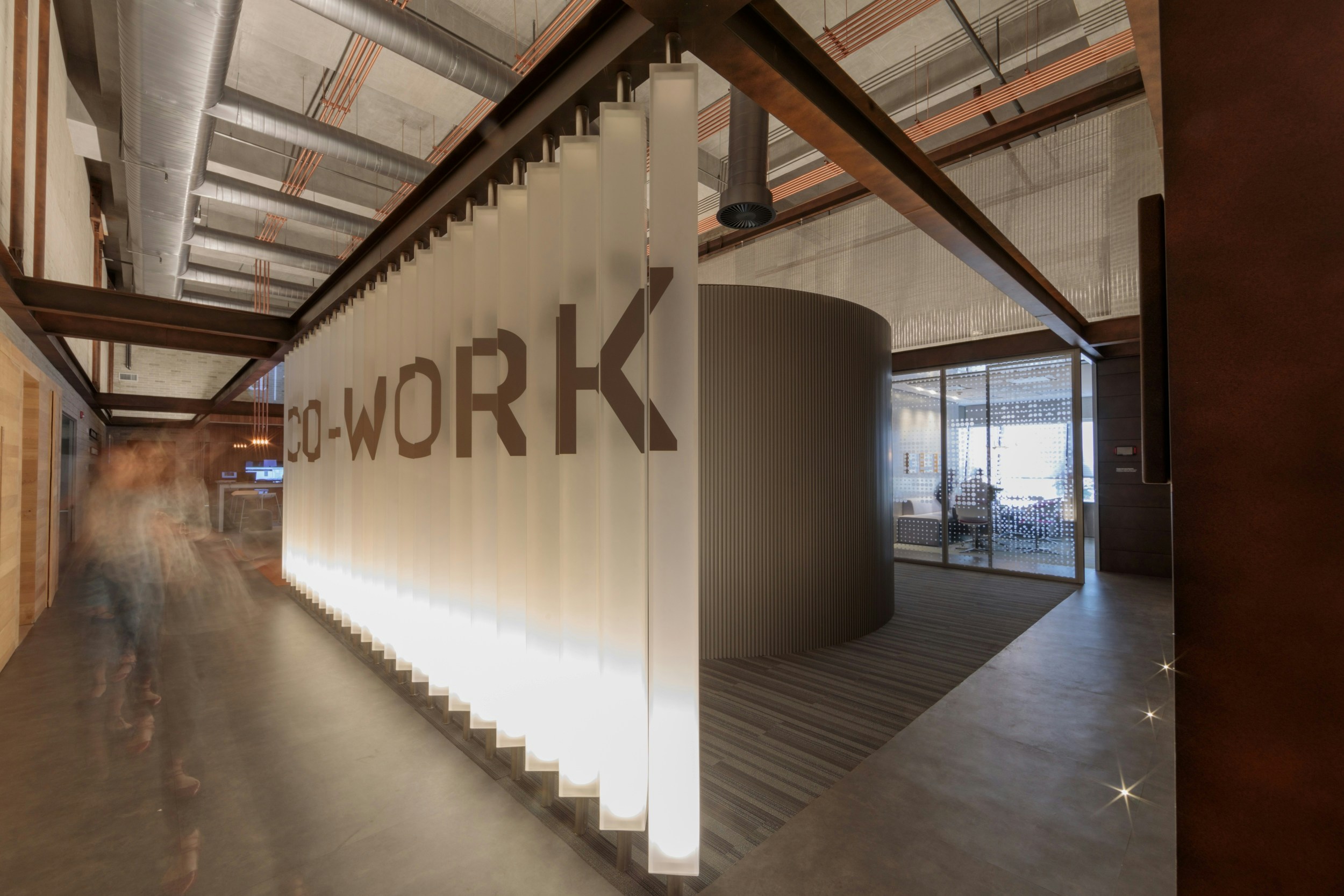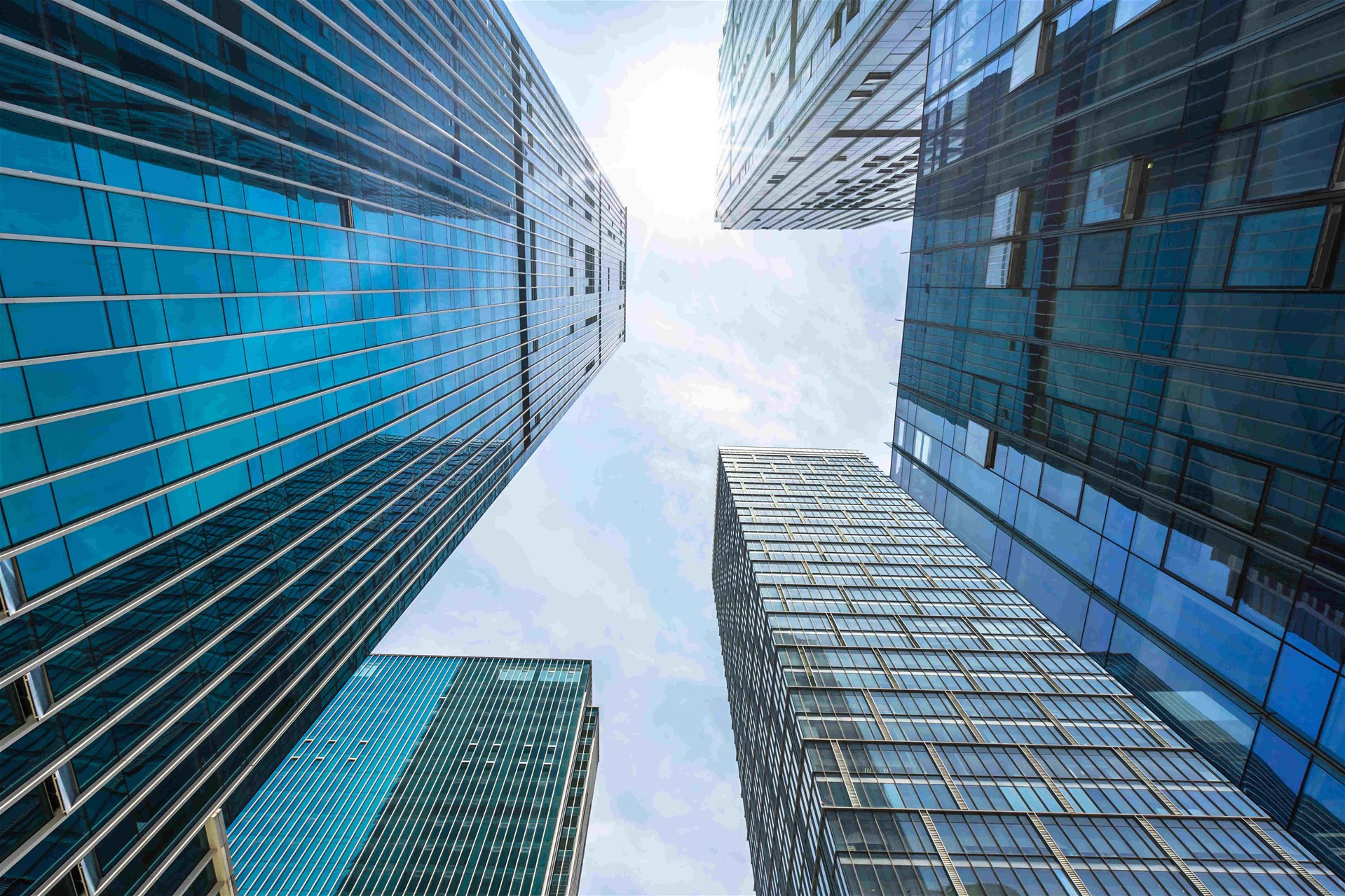Flexible Workspaces in London: Trendy Fad or Commercial Real Estate (CRE) Future?
Flexible workspaces—from shared desks and private suites to on-demand meeting rooms—are far from being just pandemic leftovers. In London, hybrid working is here to stay, tenant expectations are evolving rapidly, and high costs are forcing businesses to rethink traditional office models. Here are five compelling reasons why flex space is fast becoming a strategic pillar in London’s commercial real estate market.
1. Hybrid Working Is London’s New Normal
Hybrid working isn’t just a trend—it’s the default. Only 22% of UK workers go into the office five days a week, while around 68% of Londoners follow hybrid schedules. This shift is evident in commuter patterns too: tube station “tap-out” rates have already recovered to about 84% of their pre-pandemic levels . Demand for hybrid-friendly spaces is rising fast—WeWork in London has seen a 27% increase in desk bookings year-on-year.
2. Flexibility Cuts Costs in London’s Pricey Market
London office rents are some of the highest worldwide, prompting businesses to seek flexible solutions. Desk rates in London now average £625 per month, marking a 7.7% increase quarter-on-quarter and 39% year-on-year, according to Rubberdesk data. Meanwhile, premium desks in central coworking hubs, especially those with concierge services, wellness zones, and top transport links, command upwards of £805 per month.
3. London Landlords Are Going Flexible
Landlords are pivoting from traditional leasing to flex-operated spaces or partnerships with coworking providers. Currently, about 10% of central London’s office inventory is flexible—a steep rise from 6% in 2019. Major players like Great Portland Estates, British Land, LandSec, Canary Wharf Group, and Grosvenor now offer spa-like amenities such as yoga studios, cafés, and plant-filled lounges to attract hybrid teams.
4. Experience-Driven Design Wins Tenant Loyalty
In London, workspace experience is everything. A massive 85% of CRE professionals report higher tenant satisfaction when design prioritises well‑being and amenities over bare square footage. Developers and operators are responding with on-site cafés, wellness rooms, regular community events, and sustainability features. For example, Fora by The Office Group offers over 3 million sq ft across 70+ sites, with hospitality-driven design at its core .
5. Flex Space Is a Smart CRE Investment
Investors are increasingly targeting flexible workspaces. London leads, with more than 1,145 flex centres, accounting for around 25% of the UK total. Outer London and Zone 2 areas are also gaining traction, with flexible take-up growth of 40% in Q1 2025 compared to Q4 2024. UK-wide, the number of flex spaces is set to double by 2026, reaching 150 million sq ft—around 10% of all offices.
Tactical Playbook for London CRE Stakeholders
- Occupiers should aim for a 60/40 split: 60% traditional lease, 40% flexible space. This balances long-term stability with agile scaling.
- Landlords can pilot coworking pods or managed zones in underused areas, tracking revenue per desk against traditional rentals.
- Investors should consider allocating 15–20% of CRE portfolios to flexible models, especially in high-growth outer zones where decentralised hybrid offices are gaining ground .
London Market Insight & Consistency Check
- The £625 average desk rate reflects London-wide flex pricing, while the £805 premium rate applies to high-spec central locations.
- Today, roughly 10% of central London’s office stock is flexible; this figure was just 6% in 2019.
- Quality-first tenants are paying more: prime rents in top buildings (e.g. West End) now reach £70–£75 per sq ft—some surpassing £100 per sq ft.
Final Verdict
Flexible workspaces are not a temporary experiment—they are a strategic necessity for London’s commercial real estate future. By blending hybrid adaptability, cost efficiency, amenity-driven design, and flexible investment, occupiers, landlords, and investors can win in this dynamic market. London’s CRE future is clearly flexible—and the time to embrace it is now.





